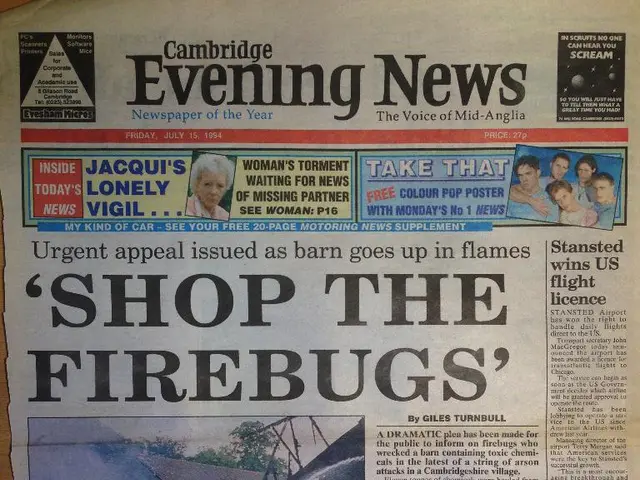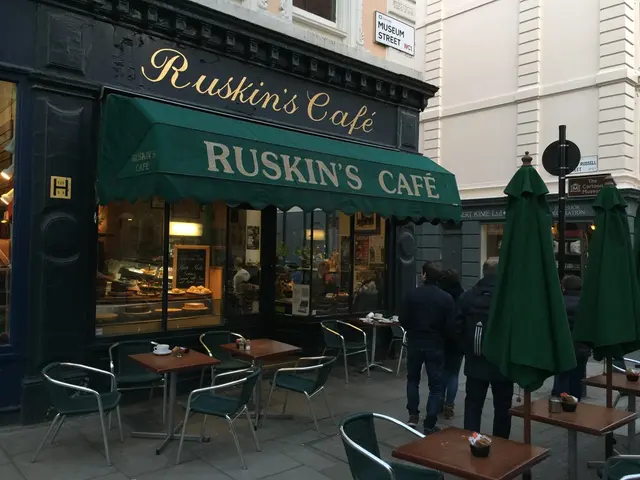The Enigma Surrounding Gothic Literature in Africa
eleven-year-old Siphiwe Gloria Ndlovu relocated from a rural homestead to a suburban bungalow in Bulawayo, Zimbabwe. The homes in the neighborhood, characterized by modest, single-story abodes on sprawling acres, bore an uncanny resemblance to one another, save for one oddity. A seemingly abandoned, crumbling castle, hidden behind a wild expanse of African savannah, stood two houses away from her new residence. The house, veiled in mystery, prompted questions about its origin and abandonment that Ndlovu would carry with her throughout her life.
Despite her vivid imagination and adventurous spirit, Ndlovu did not venture onto the property, choosing instead to observe the mysterious edifice from afar. This aversion did not quell her fascination with the enigmatic castle, which would later inspire her to write an African Gothic novel, The Creation of Half-Broken People.
The term "African Gothic" may not yield immediate results when searched on popular browsers, as it is not widely associated with a specific body of canonical African literature. However, intentional African works employing Gothic tropes, motifs, and aesthetics to tackle the traumas of colonial violence, slavery, and their lingering psychological and cultural impacts on the African continent do exist.
Navigating this landscape can feel like wandering through dark, winding tunnels, with limited points of enlightenment. The hopeful glimmers encountered along the way may lead to "Afro Gothic" art and literature, which uses Gothic elements to explore the violence, trauma, and transcendental legacy of colonial slavery in the Americas and the Caribbean, as well as "South African Gothic" literature, focusing on the anxieties and power dynamics surrounding history, place, space, and culture in colonial and post-colonial Africa.
To craft her Gothic novel, Ndlovu drew inspiration from her real-life encounters with the mysterious castle and her literary studies, especially her reading of Charlotte Bronte's Jane Eyre. In that novel, the character of Bertha Mason, the madwoman locked away in the attic, resonated with Ndlovu. As a black girl growing up in a former British colony, she saw Bertha as a fellow sufferer, not an object of fear as portrayed in the story. This revelation, coupled with her desire to delve into themes previously suppressed by colonialism, fueled her ambition to escape through writing.
Her first novel, The Creation of Half-Broken People, features the character Elizabeth Chalmers, a mixed-race woman who experiences visions compelling her to fulfill an ancient prophecy. Campaigned against by the colonial system, she is ultimately committed to an asylum. The novel consciously draws upon Gothic elements, including a haunted prophecy and societal repression, as a means to comment on the traumatic legacy of colonialism on the African continent. In this way, Ndlovu seeks to decolonize the Gothic genre, repurposing it as a tool to address the ongoing psychological and cultural consequences of colonial suppression.
Siphiwe Gloria Ndlovu's novel, The Creation of Half-Broken People, blends elements of African culture with Gothic themes, drawing inspiration from her fascination with a mysterious castle in Bulawayo, Zimbabwe. As she delved into the works of authors like Charlotte Bronte for literary guidance, Ndlovu found a unique connection with characters such as Bertha Mason, seeking to use the Gothic genre as a tool for addressing the lingering effects of colonialism on the African continent, thus aiming to redefine and decolonize the genre. Additionally, Ndlovu's literary interests extend beyond Gothic works, as she enjoys books related to personal growth, education, self-development, fashion and beauty, and entertainment, enriching her own life and the perspectives within her writing.







